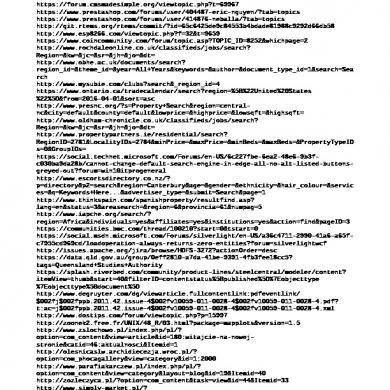
Underwood says he remembers the line-up of the band on the first test date – future Jimi Hendrix Experience drummer Mitch Mitchell (who was either employed or just about to be employed by Jim Marshall as a ‘Saturday boy’ in the shop), Dave Golding on sax, Kenny Rankin on bass and Jimmy Royal on lead and vocals.


Ken Underwood says that the first amp – Marshall, or Craven/Findlay? – was tested one Sunday night at nearby music venue The Ealing Club by a local group of musicians who always gave useful feedback when it came to the all-important matter of the sound. The bare prototype chassis in Marshall’s own museum
MARSHALL JCM 2000 DSL 50 SCHEMATIC DRAWINGS PLUS
Interestingly, photos of the pre-Who High Numbers – a fairly well-documented band – show it was John Entwistle who was using a JTM45 around 1964-’65, plus what’s claimed to be the first-ever Marshall 4×12”, while Pete was still using a blonde Fender head with two Marshall cabs stacked beneath (one of which was a dummy). Marshall lore has it that the first ‘complete’ Marshall amp, the famous bare chassis, was demonstrated in the shop at number 76 in the autumn of 1962, where it caused a sensation – plus a flood, according to Jim, of 20 or more immediate orders – and was sold to Pete Townshend. It does seem that Bran and Craven worked together on the all-important technical side of the first amps Ken Underwood himself took part slightly later, from early ’63 to late ’63, helping out on mounting the main mechanical components to the chassis. Findlay performed in an advisory role but didn’t want to be officially involved. The story, says Underwood, was that before any Marshall involvement, Dudley Craven formed a partnership with one Richard ‘Dick’ Findlay. It’s worth considering the subtly different tale related by Ken Underwood, writing on the Vintage Amps Forum. And so an ex-BBC electronics whizz called Dudley Craven joined the team. Could Ken Bran draw up an amp that could make a similar impact? No, but he knew someone who certainly could. In 1958 Dick Denny had come up with the unique-sounding AC15 amplifier now, a mere four years later, Vox had won the priceless patronage of the most popular group in the country, the Shadows. No doubt, Jim’s astute business brain must have thought of the success of Tom Jennings’ Vox company, situated a few miles down the Thames on the other side of London. Regular Marshall customers such as session player Big Jim Sullivan, the Tremoloes’ Brian Poole and youngsters like the High Numbers’ Pete Townshend were all in agreement: an amp like a Fender, but cheaper, with guts, would sell very well indeed. In 1962, the story goes, Ken Bran – recently employed by Jim as an amp repairer – made a suggestion that buying so many amplifiers didn’t make sense when the resources could be assembled to produce their own. The official Marshall tale is consistent and often-repeated. Half a century is a long time, and the exact details of the development of the guitar amplifier that would become known as the first-ever Marshall are subject to some somewhat differing opinions.

He saved his money and opened his shop at number 76 in July 1960, first selling just drum kits, then the expensive imported band equipment his customers wanted, such as Gibson 335s, Fender Strats and Fender Tremoluxes. Jim Marshall, who passed away in April 2012, began his career as a danceband drummer and drum tutor.
MARSHALL JCM 2000 DSL 50 SCHEMATIC DRAWINGS SERIES
Just 11 feet wide and 22 feet deep, these tiny premises marked the first step in a journey that would lead to another shop, then a series of workshops and factories, ending with the large, modern facility of today in Bletchley: to several Queen’s Awards For Export, a turnover of goodness knows what and, of course, a worldwide reputation amongst players of all ages for righteous-sounding amplifiers. Back in the early 1960s, number 76 was the shop where the first Marshall-branded amplifier was sold. It wasn’t blue, but black, and it was placed on a site very much connected to the legacy not only of Hendrix but of thousands of other artists as well.

In 2012, however, another plaque went up on the wall of 76 Uxbridge Road, Hanwell, west London. They commemorate everything from dramatists to doctors yet, oddly, only two celebrate rock stars one for Beatles John and George at the site of the Apple Boutique, and one at 23 Brook Street in Mayfair, the one-time pad of James Marshall Hendrix. London has no less than 800 blue plaques celebrating the birthplaces or former living quarters of famous men and women.


 0 kommentar(er)
0 kommentar(er)
